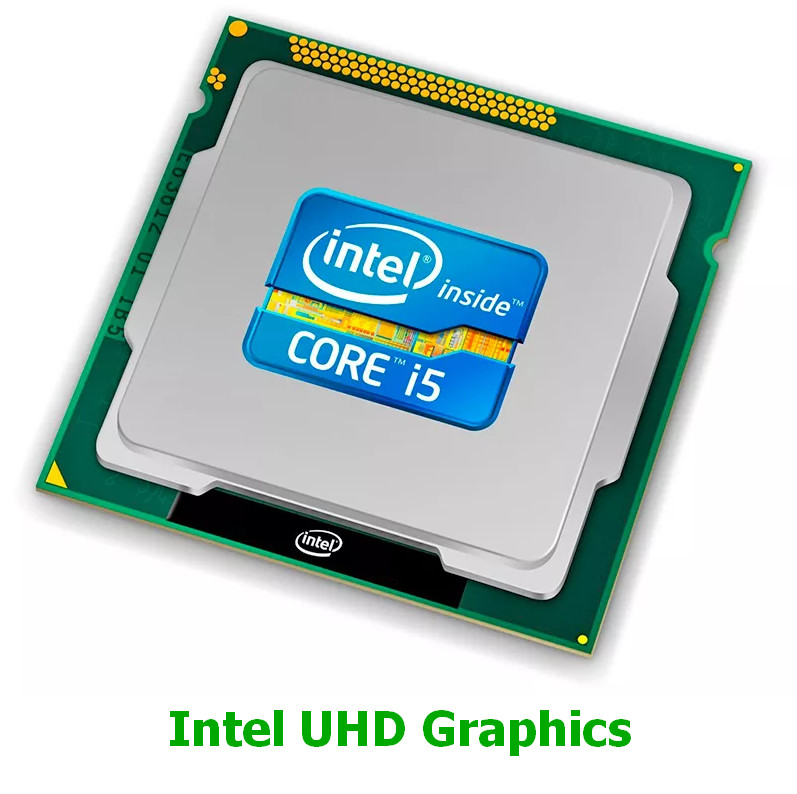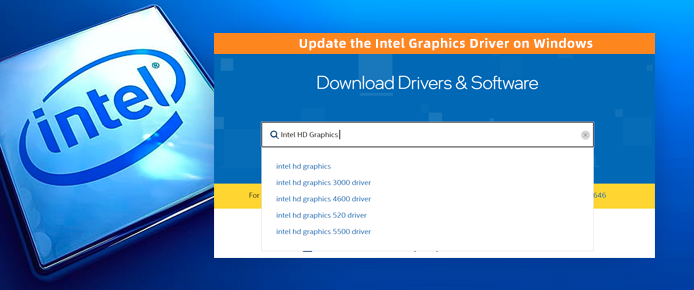

By downloading, installing, or using the Materials, You agree to these terms. If You are accepting this Agreement on behalf of or in conjunction with Your work for Your employer, You represent and warrant that You have the authority to bind your employer to this Agreement. If not, try a higher value and repeat.Deprecated: Intel OBL Distribution (Commercial Use) License This LIMITED DISTRIBUTION LICENSE AGREEMENT (“Agreement”) is a contract between You and Intel Corporation and its affiliates (“Intel”). Set this value, restart your computer, and see if it helps a game run better. In megabytes, the minimum value is 0 (disabling the entry) and the maximum is 512. Name this DedicatedSegmentSize and give it a value, making sure to select the Decimal option.

Once you've made it, select the new GMM folder on the left and right-click inside the right side. Right-click the Intel folder in the left panel and choose New > Key. Remember that you can mess up your system if you modify the wrong values, so take care while editing the registry.

Open a Registry Editor window by typing regedit into the Start Menu. If a game refuses to start because you "don't have enough VRAM," upping this value might fix that. This doesn't actually increase your VRAM it just modifies that dummy value. Thus, you can modify a Registry value to change the amount VRAM your system reports to games. The system reports that dummy value simply so games see something when they check how much VRAM you have. In fact, for integrated graphics, the Dedicated Video Memory value is completely fictitious. Faking a VRAM Increase in Windowsīecause most integrated graphics solutions automatically adjust to use the amount of system RAM they need, the details reported in the Adapter Properties window don't really matter. If you can't change it, there's a workaround that might help you. Not every CPU or BIOS has this option, though. The default is usually 128MB try upping this to 256MB or 512MB if you have enough to spare. These should contain an option to adjust how much memory you allocate to the GPU. Inside that, look for a secondary category called something like Graphics Settings, Video Settings, or VGA Share Memory Size. Enter your BIOS and look for an option in the menu named Advanced Features, Advanced Chipset Features, or similar. The first method is adjusting the VRAM allocation in your computer's UEFI or BIOS.


 0 kommentar(er)
0 kommentar(er)
